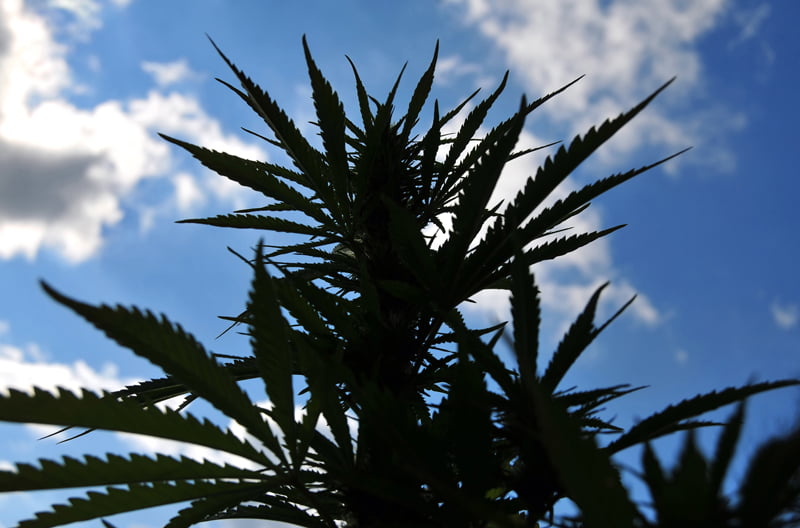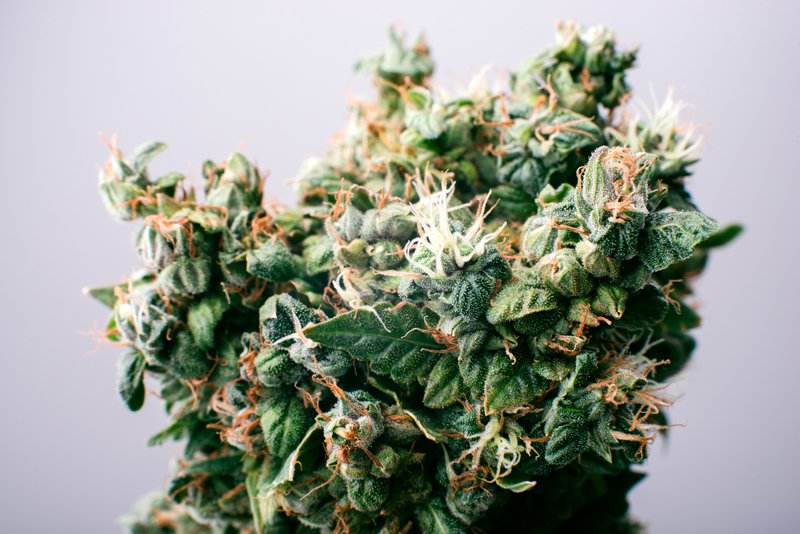Marijuana is a plant; it is best when slightly dried and in the right conditions, it can be kept fresh for a fairly long time. Yet, everyone who knows anything about marijuana knows that all cannabis plants are not created equally. There are a plethora of different strains and types of weed that cause different effects, have different benefits, and can even be stored for different periods of time.
Therefore, it is always important to understand the proper storage conditions, packaging, and manufacturing quality of your preferred type of weed. This is the only way to ensure you are receiving the maximum amount of shelf-life for your weed.
Weed is Perishable
Since weed is a direct derivative of a plant, it does not have the capability to maintain its potency or stay fresh forever. Time is of the essence when it comes to harvesting and enjoying your weed because over time the cannabinoids and terpenes break down. This causes the bud to lose its potency and ultimately become sour.
Unfortunately, the process of degradation starts as soon as a cannabis plant is harvested. This is because once harvested, the plant itself is no longer alive. This severs the cannabinoid biosynthetic pathways and access to nutrients.
Despite this sudden severance from everything the plant needs to survive, if the plant is harvested, dried, cured, and stored correctly, most weed has a shelf-life of anywhere between 6 months to a year.
Nevertheless, there are many different forms of breakdown that occur throughout the course of that time. Here are the different parts of the weed that break down, causing it to be ineffective and/or non consumable:
The Breakdown of Terpenes: Terpenes that are located within the buds of the marijuana plant break down over time. This causes the weed to lose its flavor and scent. Thus, the result is old, tasteless weed.
Altering of Psychoactive Properties: The altering of psychoactive properties occurs when the cannabinoids in THC synthesize creating other compounds over time. After all, the two catalysts of decarboxylation are time and heat and that is what gives weed its psychoactive properties. Therefore, if you add more time, it makes sense that those compounds will morph into something completely different.
This will alter the weed’s psychoactive properties.
Additionally, heat and light can cause THC to degrade to CBN. While this is not a bad cannabinoid; in fact, it is thought to help antibacterial, neurotransmission, and appetite-stimulating, CBN is non-psychoactive. Therefore, if your THC morphs into CBN, you will not be able to get high off the weed any longer.

Storage Conditions
The storage conditions weed is held in also contributes to how long weed is good for. As mentioned before, light, temperature, and time are major factors that affect the rate of degradation for cannabinoids. The amount of light and temperature that weed is exposed to is a direct reflection of the quality of the storage conditions. If the storage conditions are acceptable, your weed will stay fresh and retain its potency for longer.
Weed Chemical Reactions 101
When cannabinoids are in their natural state, they are typically acidic. For example, when a plant is reported to contain 20% THC, it actually contains up to 18% THC-acid or THCA and only 2% THC. However, when cannabis is heated to 100-130 °C most of that THCA will be converted to THC.
Alternatively, when THC is introduced to lower temperatures, it slows the process of decarboxylation or the process of converting THCA into the psychoactive cannabinoid known (and loved) as THC.
Additionally, it is important to note that when cannabis is heated too far beyond 130°C, such as when it is smoked, you lose up to 30% of the cannabinoids it contains due to combustion.
So, what is the best way to store your weed? According to WeedMaps to prolong the shelf-life of your Marijuana as much as possible, it should be kept in a cool, dark place. The ideal temperature fo your weed is below 70 degrees Fahrenheit, or 21 degrees Celsius.
Exposure to Light
Light is a major factor in the speed of aging weed. If you store your weed in the dark at room temperature after being carefully prepared, herbal, resin cannabis, and extracts can remain reasonably stable for between 1 and 2 years.
Additionally, when storing your weed to keep it fresh for longer periods of time, it is important to keep it in an airtight container. The more exposure the weed gets to oxygen, the more it will break down. So, if possible, the best course of action to preserve your weed’s freshness is to keep it in a vacuum-sealed ceramic and opaque glass jar. The reason this type of jar is ideal is that it usually maintains the most favorable levels of humidity levels and oxygen for preservation.
THC Potency Rate is Not Continual
Researchers have found that despite the environment remaining the same, the Cannabis plant will lose THC potency at varying rates over a period of time. This is interesting to note, as the timeline for the depletion of THC potency varying so drastically is uncommon. Here are the varying levels of potency depletion that THC experiences over time even when the weed is stored properly:
- After one year: Weed loses about 16% of its THC.
- After two years: Weed loses about 26% of its THC.
- After three years: Weed loses about 34% of its THC.
- After four years: Weed loses about 41% of its THC.
How Can You Tell if Your Weed is Still Fresh?
One thing is for certain; you do not want to consume weed that is not fresh. Fortunately, there are ways that you can determine the freshness of weed by seeing, smelling, and feeling it for quality. Here is how you can use these senses to ensure the freshness of your weed before taking a hit:
Visually: It is possible to tell if weed is bad simply by looking at it. If the weed you are about to smoke is dried out, it will break apart into a fine powder. This will take minimal effort.
However, it is important to note that there is a difference between bad weed and good Kief. Kief is broken-down, dried Cannabis that could contain different parts of the plant, including stems and sometimes seeds.
Another indicator of weed that is no longer good is mold. It is possible to see mold growing on your weed and unfortunately if you see that, you should get rid of it immediately.

Aromatically: There is a certain scent to marijuana that even those who are not overly familiar with it can pick out. Therefore, as a user, it is important for you to know what good weed smells like. If it smells like anything other than the scent you are used to, you should not consume it. Specifically, if your weed smells musty, like urine (which is an indication of mold growth), chemical or plastic odors (which can indicate poor storage or pesticide contamination) do not use it.
Touch: Good pot is supposed to be sticky. It is not supposed to be dried and crumbly. If you cure Cannabis correctly, regardless of what type of strain you are using, they will be slightly dried but there should be a significant stickiness to it too. If your weed is too dry, it is likely not very good weed, it was improperly cured, or it is way too old.
In summation, as with many things when it comes to weed, there are so many variations, it is difficult to tell how long weed is good for. The shelf-life of weed is determined by the quality, the conditions, and even your own personal preference. Therefore, use the above tips to figure out if your batch of weed is raring to go or ready to be trashed.
